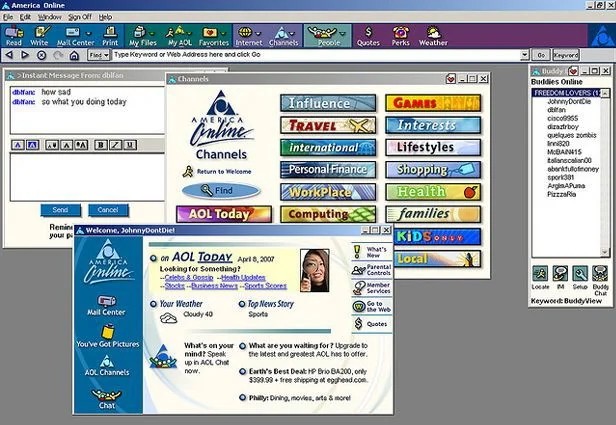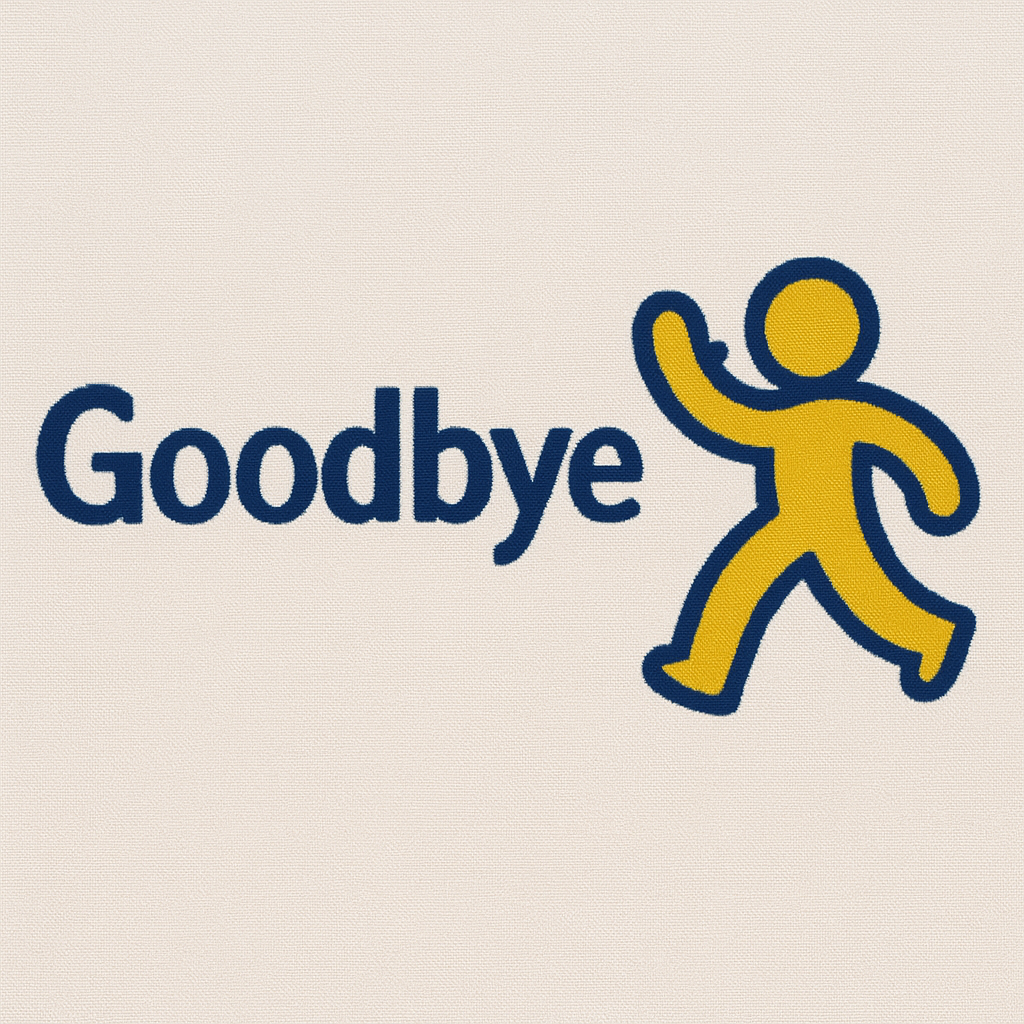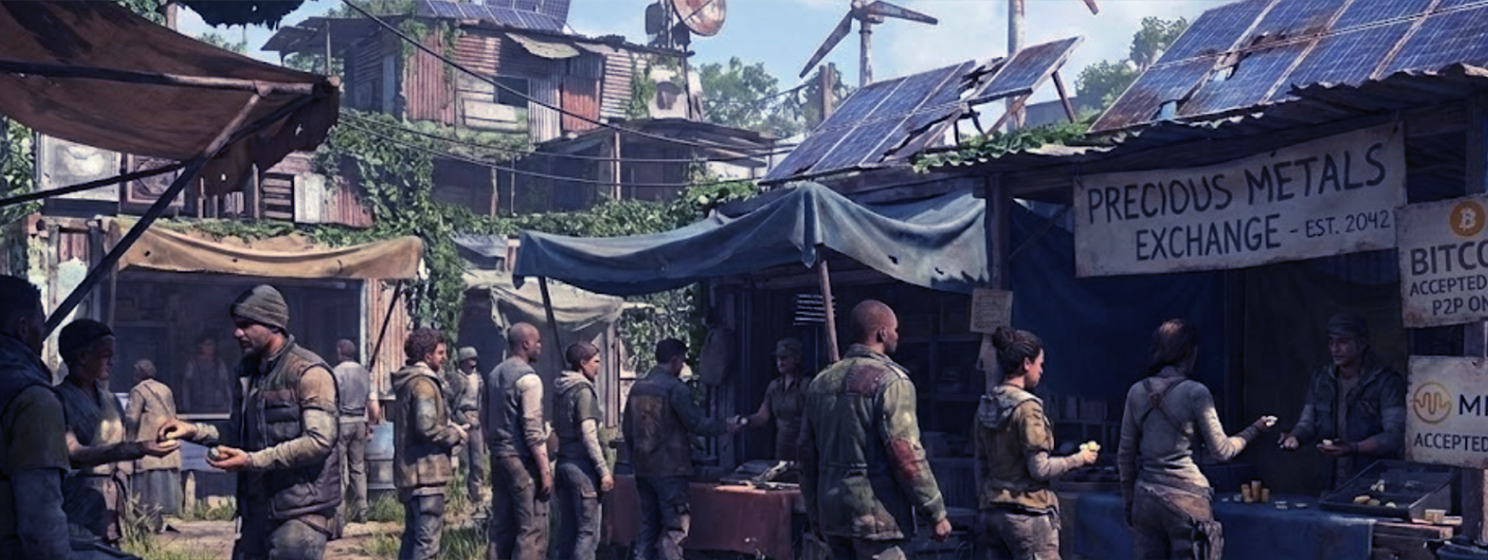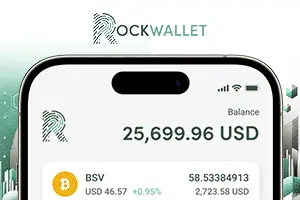|
Getting your Trinity Audio player ready...
|
In the early 1980s, the future was blinking at us in green letters on a black screen.
Modems squealed like alien transmissions, floppy disks felt like magic, and every kid who played Oregon Trail or booted up a Commodore 64 could sense something big was just over the horizon, even if they couldn’t name it yet. It was a time of possibilities, but also one of limits. The world was not yet wired. Computers weren’t connected. And if you wanted to share an idea with someone across the country, you didn’t send a message. You sent a letter.

I remember growing up in the late 80s and 90s, watching the world go from nothing to MS-DOS systems and turning into what we use today. I was that kid playing games on an IBM (NASDAQ: IBM) computer in my parents’ office. I thought it was cool and enjoyed it, but I wondered what would come next.
Into this half-digital, half-dreaming world came a young man named Steve Case. He didn’t want to build a modem company. He wasn’t trying to sell computers or circuit boards. He saw the possibility of a connected life before almost anyone else. Not just online in the sense of data packets and protocols but also online in the way we now live: streaming entertainment, instant conversations, personal curation of news, commerce without storefronts, and communities without borders. The world he envisioned looked like Netflix (NASDAQ: NFLX), iTunes, Amazon (NASDAQ: AMZN), Facebook (NASDAQ: META), and YouTube, but he was stuck in the third dimension, and it was only 1983. His grand business ideas were metaphors waiting for the infrastructure to catch up.
The audacity of his vision was matched only by his restraint.
Rather than leap ahead and try to build the final product in a world that wasn’t ready, Case did something only the wisest visionaries do: he started with the first thing. The internet wasn’t a household word. In fact, the average American didn’t even know what it was, so before he could build internet apps, he had to teach the world what the internet was!
And ultimately, he kicked off the revolution that put it into every household. He made it sound friendly: “America Online” and wrapped it in software so simple even a child could use it. Bright and fun colors, bubbly interface. In fact, looking back at the AOL interface, it makes me think of children’s curriculum today (and there’s a lesson there!).

Because of that choice, millions got their first taste of email, instant messaging, chat rooms, news headlines, and the early murmurings of e-commerce. It felt like play, and in many ways, it was, but it was the laying of pipes and the training of the participants in the economy of tomorrow.
Looking back, it’s easy to see AOL as a dial-up relic or a dot-com punchline because of how things ended up going for AOL-Time-Warner… But for a brief, golden window, it was the doorway to the digital world and the scaffolding for a future Case had seen long before it was real. He wasn’t trying to build a brand. He was trying to build a bridge. And he knew he’d have to carry the bricks himself.
But Kurt, is this a Bitcoin article?
Yes. Unequivocally yes. Because Bitcoin, the real one, the protocol-as-law system Satoshi Nakamoto gave us, is in the same place right now that the internet was in 1983. It works. It’s powerful. It’s full of promise. But it isn’t easy, and it certainly isn’t welcoming. The average person still has no idea what a UTXO is or why OP_RETURN might matter. They’re not downloading wallets or writing apps. They’re not reading white papers. In fact, most people not actively in the blockchain space today really think it’s just a scary place for internet mavens, activists, autists and scammers—kind of like the internet of the 80s.
They don’t even know they’re just waiting for something to make the future feel accessible, and that’s why we need an AOL moment.
The Bitcoin space today is full of promising tools, but they are scattered, powerful, and uncoordinated. Brilliant developers are working on everything from micropayments apps, chat apps, trading tools, and decentralized social media, but it’s happening in silos, behind technical firewalls, or buried under jargon. Ethereum has its castles. BTC has its cathedrals. But Bitcoin SV? It has working roads, working electricity, and no skyscrapers yet.
If you’re building with 1Sat Ordinals, BitcoinSchema.org, the Go and TypeScript SDKs, or JungleBus, you’re seeing the foundations come together. But most of the world isn’t. And they won’t until someone wraps it all up in something so simple, delightful, and clear that even a child could use it.
That’s the playbook.
That’s what Steve Case taught us.
Don’t lecture one more person about TCP/IP or IPV6 integrations!
Let them hear “You’ve Got Mail.”
We need to build apps that feel like AOL. Not AOL, the dial-up provider, but AOL the idea: a window into what comes next. A beginner’s portal to the economic internet. That means social and chat apps that run on BitcoinSchema, wallets that embed schema and token logic, marketplaces that are search-indexed by JungleBus and/or overlays that disappear behind a fun UI, and BSV-native games that onboard players without a single explanation of how any of it works.
It doesn’t mean dumbing things down. It means getting smart about presentation. The best infrastructure in the world means nothing if people don’t know it’s there.
Steve Case knew that. And now it’s our turn.
Bitcoin isn’t waiting for better tech. It’s waiting for better storytelling, better UX, and better packaging. The pipes are laid. The tools are here. It’s time to build the bridge.

Watch: How do you build a successful ecosystem? Bring blockchain to the builders!

 12-08-2025
12-08-2025 





